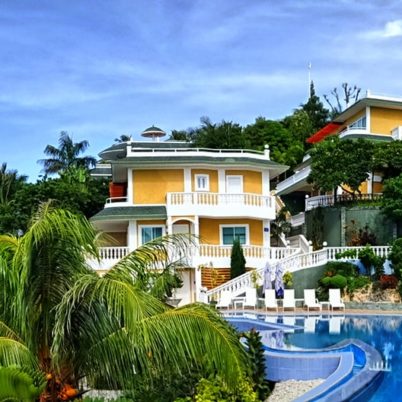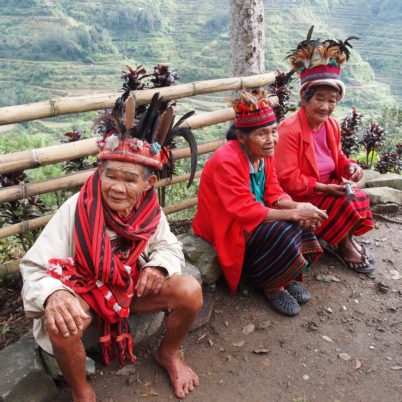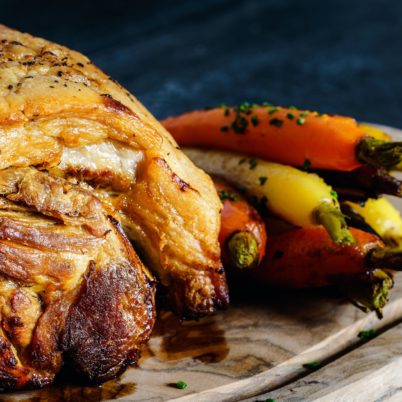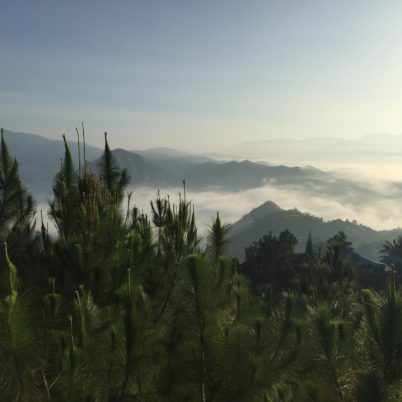Culture in the Philippines
The Philippines has a rich and storied culture. From the earliest eras when the island was inhabited by the indigenous folk who still exist today, to the most recent American colonial period, its culture and heritage have been molded by a number of influences. All of these culminated to be the unique culture that we know and love today. Read on to get an idea about the culture in the Philippines and make ready for that dreamy island holiday.
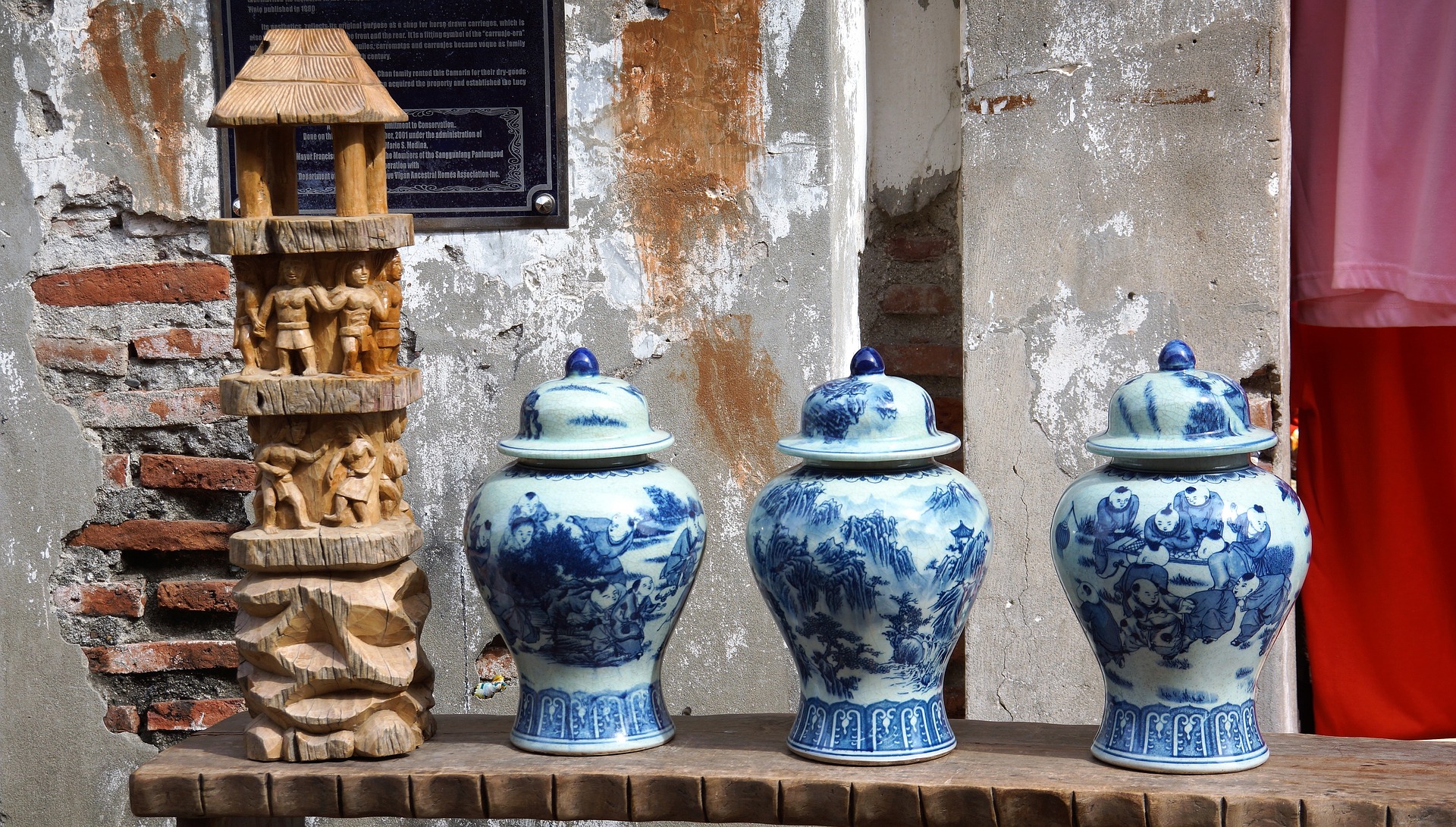 There’s no better way to experience the handicrafts and culture in the Philippines than by visiting it yourself – (Photo Credit Richard Mcall)
There’s no better way to experience the handicrafts and culture in the Philippines than by visiting it yourself – (Photo Credit Richard Mcall)
Colonial Philippines
The islands of the Philippines were first colonized by the Spanish conquistadors. The Spanish brought with them their cuisine and architecture. Remnants of the Spanish culture in the Philippines are most visible in cities like Vigan and in the form of outdoor fiestas and carnivals that are very common on the islands.
Spain ceded the Philippines to the USA in 1898. The American influence on the Philippines is easily seen in the Filipino love for Hollywood, American pop culture and, of course, the English language.
The Philippines has come a long way from when it was just a few islands in the western Pacific inhabited by a handful of indigenous tribes. As the years have passed by, tiny bits of the true culture and tradition of the islands are forgotten. Most of the native languages are either dead or dying. As they say; with time, the old eventually make way for the new.
If you want to take a peek through time to the Philippines of an older time, visit the island of Batanes in the northern fringes of the country. The indigenous tribes still live there, building the same limestone foundation homes that have kept several generations safe from the seasonal typhoons of the archipelago.
 Indigenous tribes live on certain islands, keeping their culture in the Philippines alive- (Photo Credit almatel)
Indigenous tribes live on certain islands, keeping their culture in the Philippines alive- (Photo Credit almatel)
Festive culture in the Philippines
The people still stay true to their roots, celebrating their festivals in a grand fashion by singing and dancing in the streets; a mark left by the Spanish and American colonial period. They still celebrate the onset of spring, just like their ancestors did. Spring in the country is an important season as it marks an end to the dreary and harsh wet season. There are several festivals that are celebrated throughout the country during the months of February and March to mark this occasion. The most prominent of these are the Sinulog festival and the Panagbenga Festival.
The Philippines is a Catholic nation. This is a remnant of the Spanish colonial rule. Therefore, Christmas is celebrated with great fervor throughout the country. On the weekend before Christmas, San Fernando plays host to the Giant Lantern Festival. If you are in San Fernando during Christmas, you can gaze upon the giant lanterns that have been built in celebration of the Catholic festive season, an important part of the culture in the Philippines.
 Mardi Gras is celebrated with great colour and fervour, like many other festivals in the Philippines- (Photo Credit Lilliane YC)
Mardi Gras is celebrated with great colour and fervour, like many other festivals in the Philippines- (Photo Credit Lilliane YC)
Architecture
Most of the architectural heritage of the Philippines stems from the Spanish colonial period. Nowhere is this more evident than Vigan City in North Luzon. Vigan boasts of the strongest Spanish influences. This is evident in the architecture, food, and culture of the city.
The entire country is dotted with several churches from the Spanish era as well. These range from the small community churches of Siquijor to the large Manila Cathedral. The Calasiao Church is an excellent example of Baroque architecture.
 Admire the Colonial Spanish Churches dotted across the Philippines-Photo Credit Nadarajah (Nat)
Admire the Colonial Spanish Churches dotted across the Philippines-Photo Credit Nadarajah (Nat)
Karaoke culture in the Philippines
The Filipino love for Karaoke is legendary. No matter where you go, you’ll never be too far away from a karaoke bar or a karaoke system in the Philippines. Somehow, the people of the Philippines are deeply connected to singing. It truly brings them together and a karaoke system is a household staple!
You should definitely give it a try on your trip. It really helps build a sense of camaraderie with the cheerful Filipinos who wouldn’t give a damn if you can’t hold a tune for your life. Besides, when in Rome, right?
 Karaoke culture in the Philippines is a must for those seeking an authentic trip – (Photo Credit Axi Aimee)
Karaoke culture in the Philippines is a must for those seeking an authentic trip – (Photo Credit Axi Aimee)
The Philippines is a unique melding of Eastern and Western cultural influences. Additionally, the happy-go-lucky people of the country add to the vibrant tapestry of experiences you will encounter on your travels. You can plan your trip to the beautiful islands of the Philippines by getting in touch with us!
helping you travel your way
We provide a helping hand to independent travellers who need assistance with planning and booking their trip. The primary goal is to turn your dream holiday into reality.



